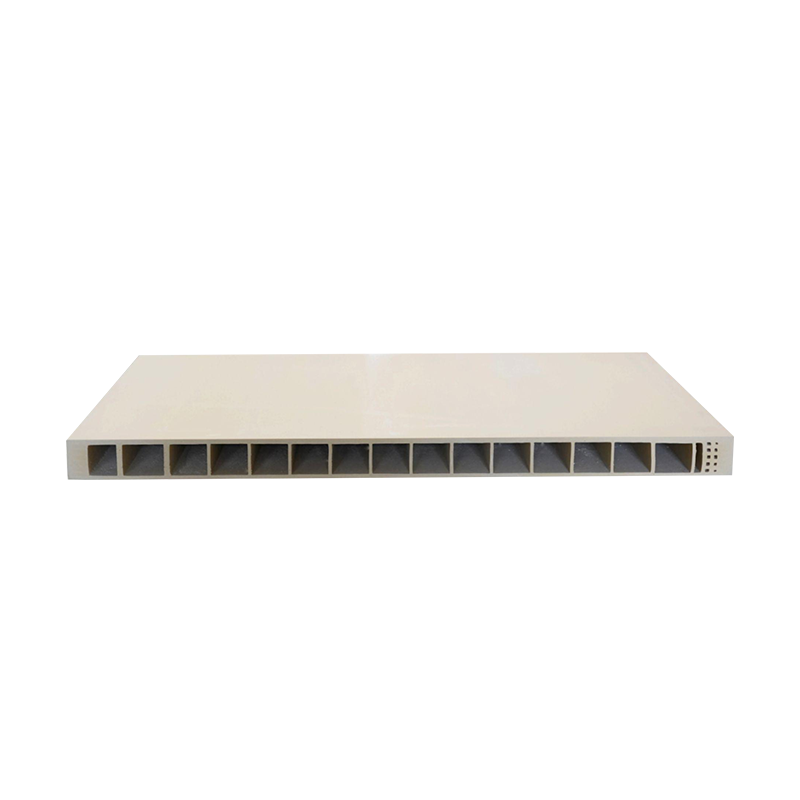Industry knowledge
Quantifying "100% Waterproof": WPC Door Panel Performance vs. MDF and Solid Wood
The claim of "100% waterproof" for WPC door panels is quantified using specific material science tests that measure the material's reaction when immersed in water. These tests primarily demonstrate WPC's superior dimensional stability compared to traditional wood-based products.
Key Quantifiable Waterproof Tests
The two most critical tests used to evaluate and compare the water resistance of door panel materials are:
1. Water Absorption Rate (WA): This test measures how much the material's mass increases after full immersion. Specimens are typically submerged for 24 hours, and the WA rate is the resulting percentage increase in mass.
2. Thickness Swelling Rate (TS): This is the most critical test for dimensional stability, measuring the irreversible expansion (bloating) that causes material failure. The TS rate is the percentage increase in thickness after the 24-hour immersion period.
Performance Comparison: WPC vs. Traditional Materials
The plastic matrix (usually PVC or PE) in WPC fully encapsulates the wood fibers, effectively blocking the capillary action that causes traditional wood-based materials to swell. This leads to dramatic differences in performance:
-
WPC (Wood Plastic Composite): WPC's low results in both tests confirm its superior water resistance. With a Thickness Swelling Rate often under 3%, WPC maintains its structural integrity and dimension even if fully soaked. This near-zero swelling rate is the functional proof behind the "100% waterproof" claim—it won't bloat or warp.
-
MDF (Medium-Density Fiberboard): Standard MDF is highly susceptible to water. Its Thickness Swelling Rate often reaches 10% to 20% or more after 24 hours. This high degree of swelling causes irreversible bloating, warping, and delamination of the surface finish, making it unsuitable for wet environments.
-
Solid Wood (Unprotected): While less prone to the catastrophic swelling of MDF, natural wood's cells absorb water, leading to a high degree of dimensional instability. This continuous movement causes warping, cracking, and eventual decay, giving it poorer long-term performance than WPC in humid or wet conditions.
In summary, WPC's exceptionally low Thickness Swelling Rate is the key metric that validates its waterproof characteristics, making it the reliable choice over traditional wood and fiberboard for high-moisture applications.
About the Manufacturer
As a high-tech enterprise dedicated to the research, development, production, and sales of environmentally friendly decorative materials, Hangzhou Lanyun New Materials Co., Ltd. is positioned at the forefront of WPC technology. The company utilizes a large-scale, modern facility, featuring a production area of over 20,000 square meters and a factory site covering 10,000 square meters. Its specialization is evident in its advanced equipment, which includes 12 international advanced WPC wood-plastic door extrusion production lines and 10 coating production lines. This capacity allows for a significant annual output of 300,000 sets of WPC wood-plastic doors and 150,000 sets of melamine wood doors, ensuring the quality and performance standards discussed in this article are met through specialized, high-volume production.








